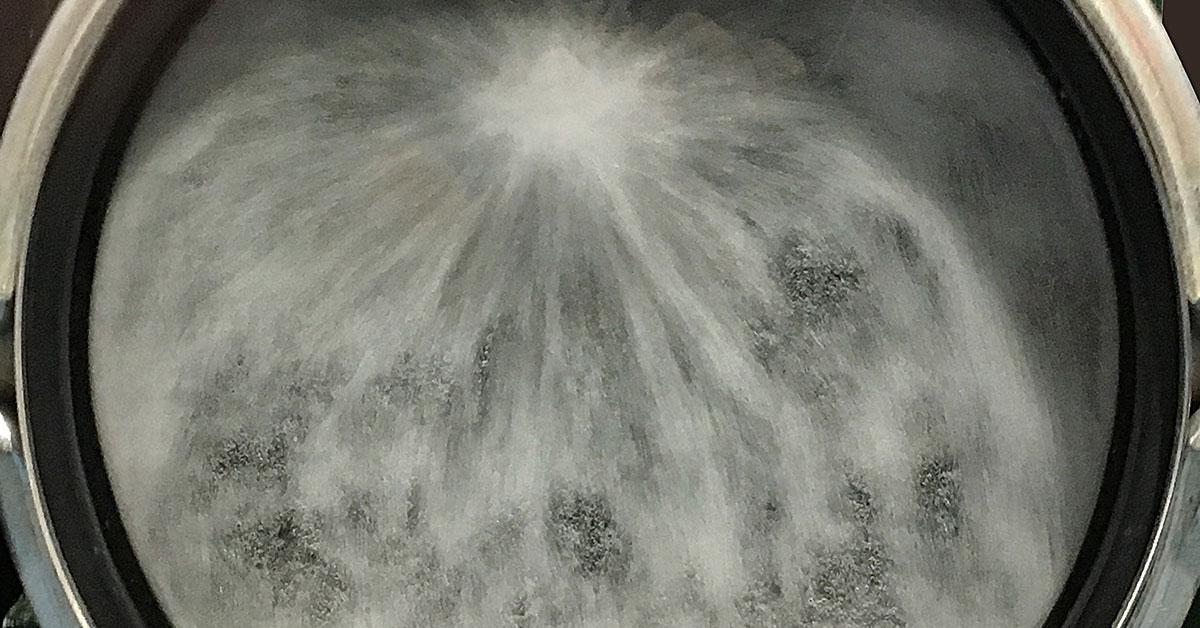CONCORD, N.C. — When it comes to an immersion solution — what we call solvent — for cleaning, the choices just keep coming. Some operators are willing to switch with each introduction of a new formula, others are more cautious.
This is not an endorsement, but an overview of where we have been, and where we seem to be now.
When the spotlight was focused on the drycleaning industry in the late 1980s, there was a scramble to replace perchloroethylene, or perc, with something.
Prior to perc, cleaning was done in petroleum, but without all the safety features we find on modern “multi-solvent” cleaning machines. Then around 1945, an immersion solution that was a much better grease remover and had no flash point was introduced: perc.
Pressing Clubs, which pressed on site but farmed out cleaning, could now do cleaning on site without the fear of fire from solvent vapors. Perc gradually increased in market share, reaching about 75% of the plants by 1975.
Perc and petroleum remained the predominant immersion solutions through about 1995, as information grew about the breakdown of perc once it reached the environment outside the plant.
Modified petroleum came to market and was soon referred to as hydrocarbon, to differentiate it from its predecessor.
It came with a higher flash point while retaining the same overall cleaning characteristics of the old-fashioned petroleum. The flash point above 140 F meant it could be placed in new installations by dealing with the local fire department. It could be used with all the previous chemical tools and protocols and could claim the same industry track record as its older cousin.
Since 1995 there have been several offerings to the cleaning industry to replace the predominant immersion solutions but have yet to gain wide appeal. A mixture of high-flash hydrocarbon with fluorine raised the grease-cutting power and more than doubled the flash point.
The introduction of stand-alone glycol ether showed great promise as a general immersion solution.
The use of bromine in parts cleaning led to a bromide-based solution being introduced as a replacement for perc. By pressurizing CO2 (carbon dioxide), it could be liquified and used as an immersion solution in specially built machines.
Each of these offerings came with great fanfare, but failed to gain wide usage in the industry.
One of the first new ideas for an immersion solution in the industry was the introduction of a silicone-based liquid. It has stood the test of time and continues to serve the cleaning industry.
Check back Thursday for the conclusion.
Have a question or comment? E-mail our editor Dave Davis at [email protected].

